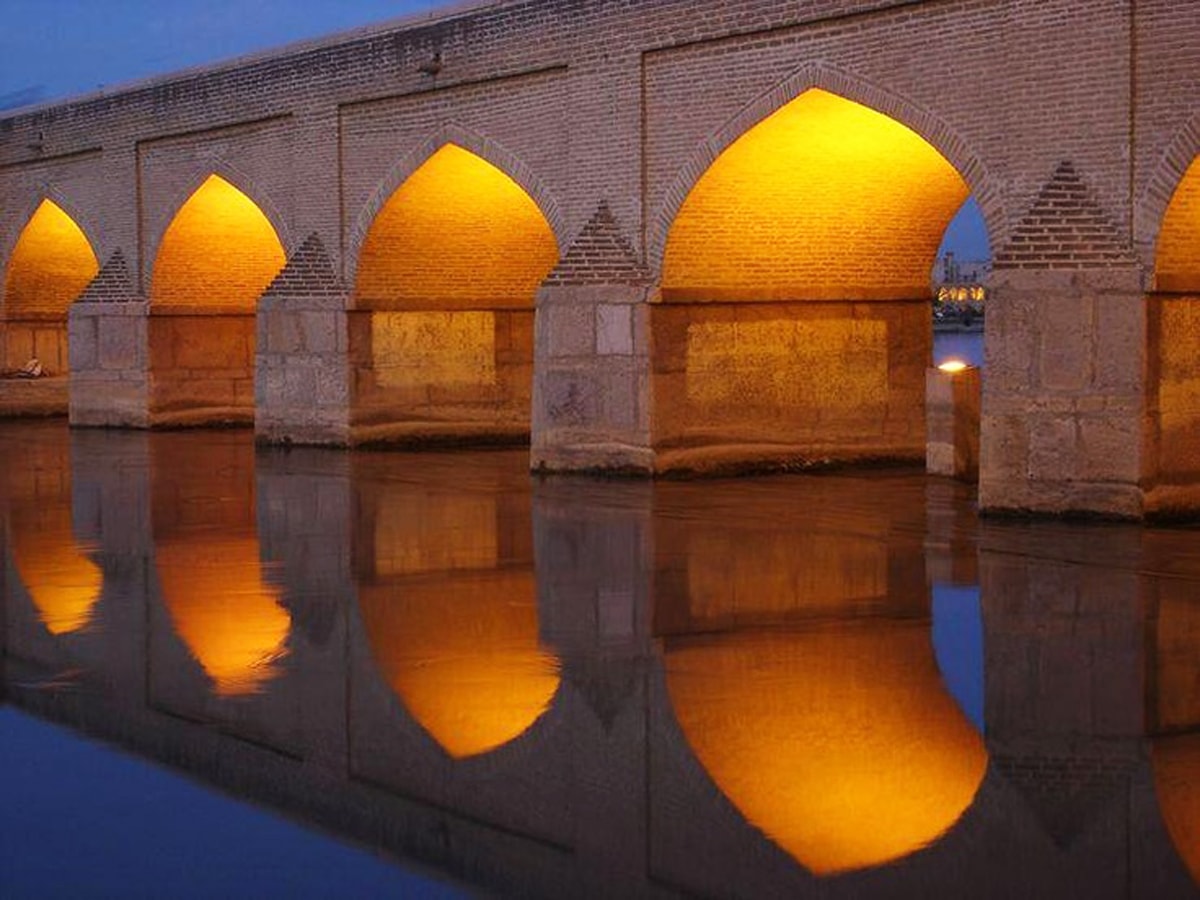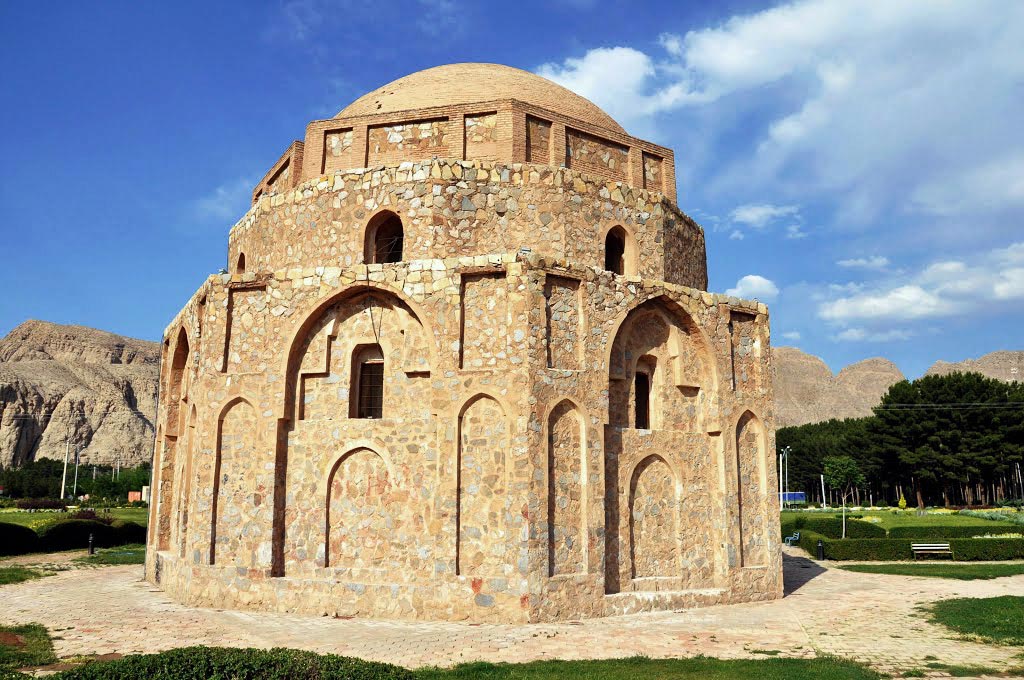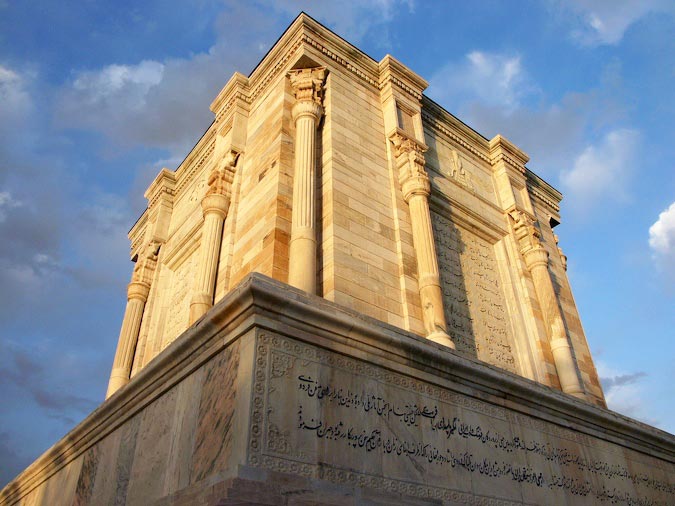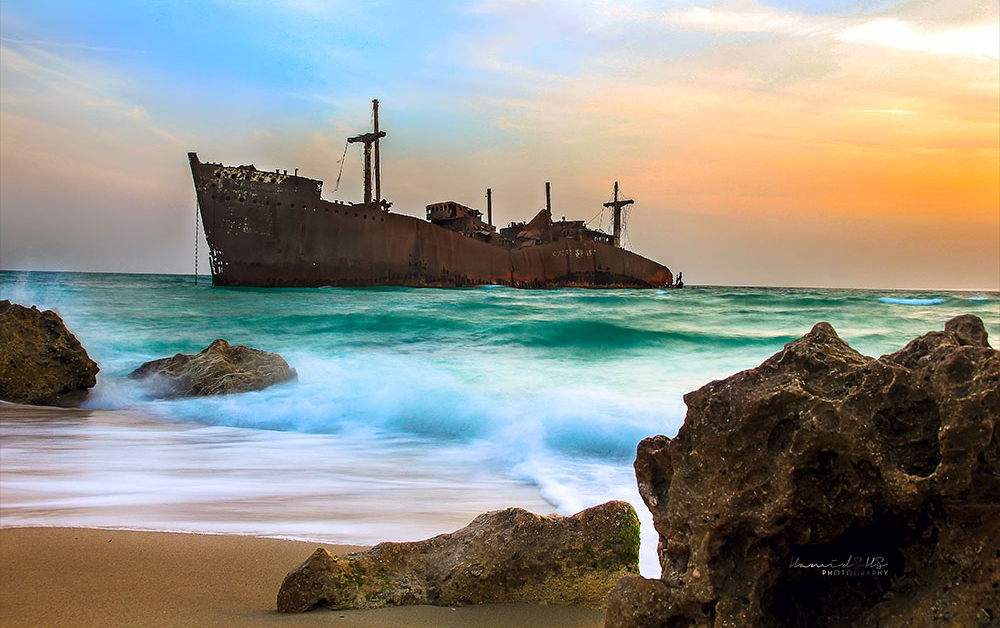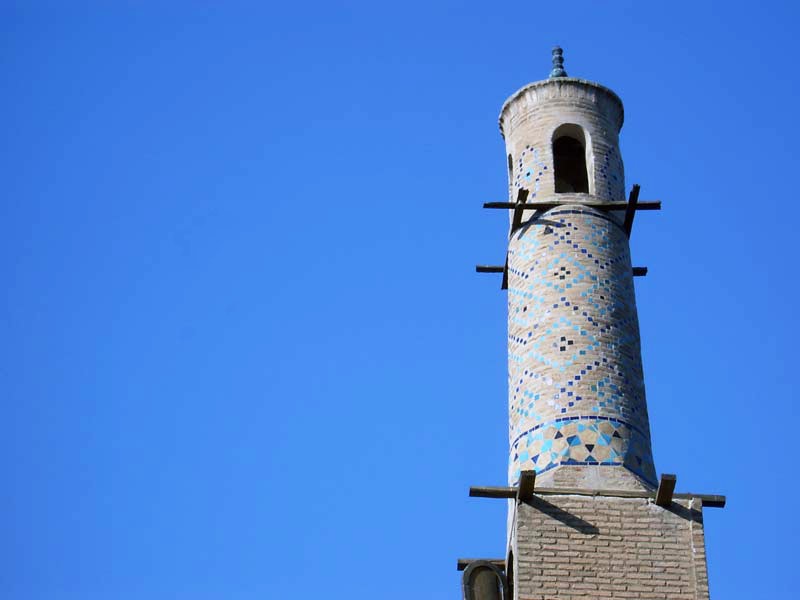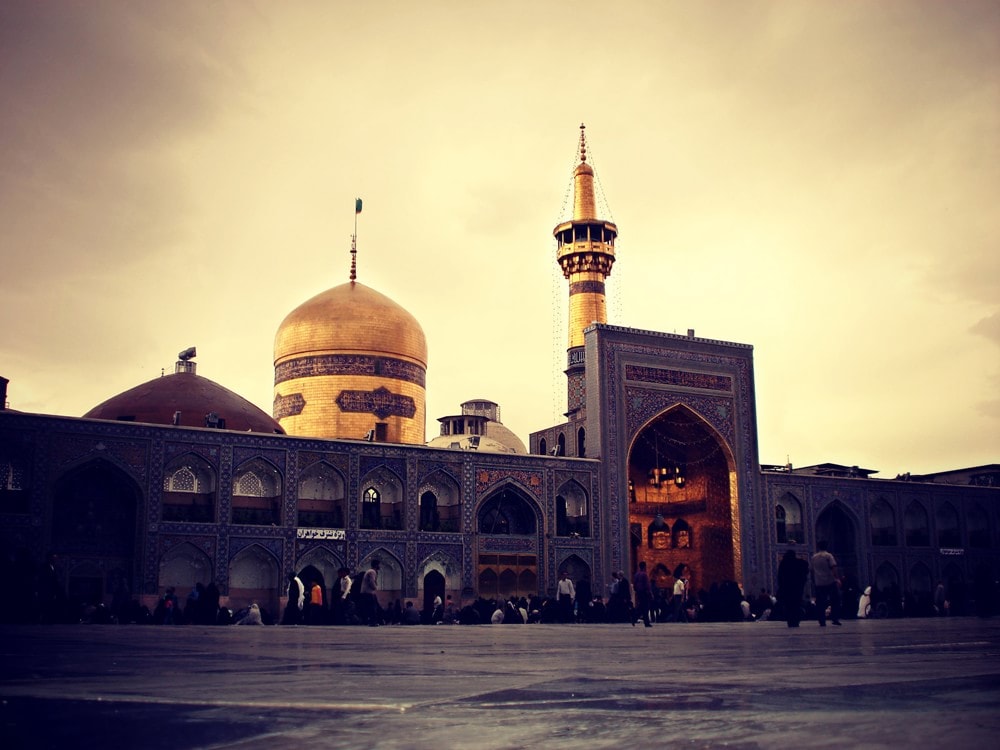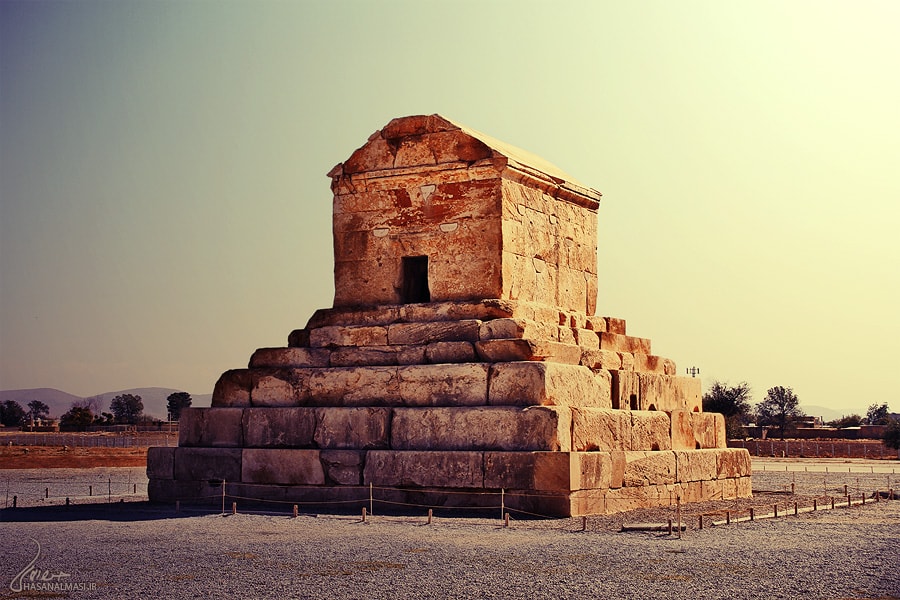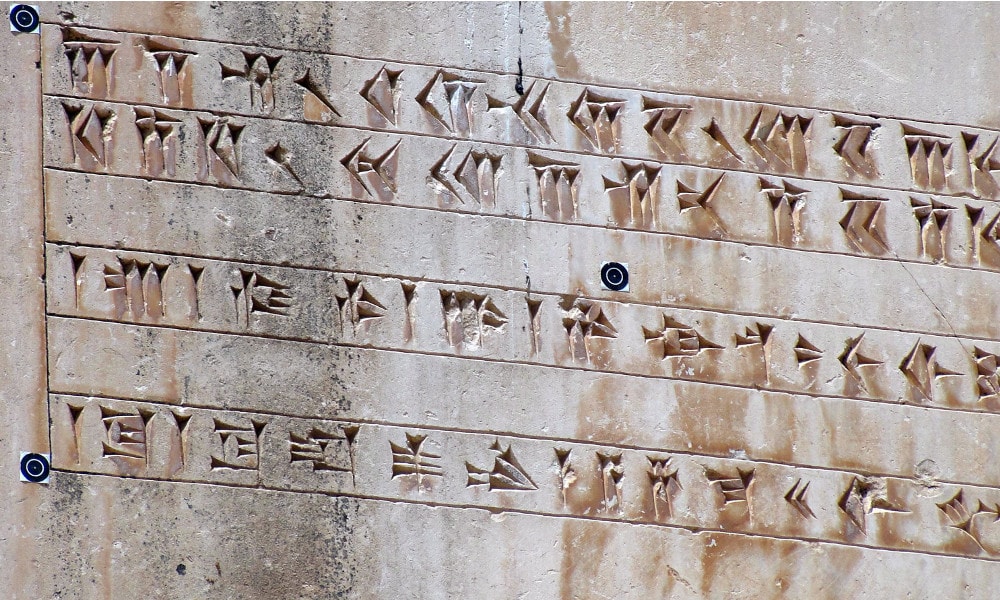One of the most interesting and biggest events that marks the near end of the Solar year takes in Southern Iran. Here the southern locals get busy making giant Persian carpets out of the powdered colored stones found in the area. Every year many visitors, Iranian and foreign, flock to the south to take part...
Category: archive
JOUI THE BRIDGE
Aside from their mesmerizing beauty, the bridges that were built over Zayanderud had the function of connecting the south and north parts of Esfahan together. One of these bridges was designated to the residents of Kakh-e Haft Dast (The Castle of Seven Hands) and Kushk-e Ayenekhaneh (The Palace of Mirrors). Historians have concluded that the...
GONBAD-E JABALIYE
There is much speculation as to exactly what this attraction, in Kerman, really is. Some Iranians believe it have been an Atashkadeh (Zoroastrian fire temple), a tomb of a renowned Zoroastrian or for it be the tomb of Seyed Mohammad Tabashiri. Made entirely of solid stone bricks rather than usual bricks, it is clear that...
FERDOWSI’S TOMB
Ferdowsi is one of Iran’s biggest world-renowned poets. Taking him 30 years to complete, his epic, Shahnameh, is a true masterpiece of literature. Being the longest poem in the world, to be written by a single poet, Shahnameh played a very crucial role in preserving the Persian culture and language; through the years of the...
DOWLAT ABAD GARDEN
Badgir (wind catcher) is a specialized building, constructed on the roofs of homes and other buildings for means of air conditioning. They are built above water storages and reservoir openings in order to cool the currents, as they flow through. Wind catchers are recognized as the very earliest forms of air conditioning; especially useful in...
the Parthians and Sasanians. After the spread of Islam
History books tell us that Kish Island has been a part of Iran, since the time of the Achaemenids and in succession, the Parthians and Sasanians. After the spread of Islam, it fell into the control of the Umayyad Caliphate. After some years of domination an Iranian, from the city of Rey, left the Caliph...
MONAR JONBAN
Minarets are edifices that have been around since the ancient times. Just as lighthouses do for ships at sea, minarets have always featured guiding lights at the peak to help travelers and caravans find their way through the desert. Almost always being a part of mosque architecture, minarets also have another feature. Throughout the ages,...
Mashhad
Introduction of Mashhad Mashhad is the second most populous city in Iran and is the capital of Razavi Khorasan Province. It is located in the north east of the country close to the borders of Afghanistan and Turkmenistan. Its population was 2,772,287 at the 2011 population census. It was a major oasis along the ancient...
TOMB OF CYRUS
All About Tomb of Cyrus and Pasargadea | Tomb of Cyrus Cyrus the Great, one of the biggest and most renowned Persian founders of the Achaemenid Empire. The spring of 539 BC, he was able to take control of the city of Babel; without war or a drop of blood being shed. Many of...
History of the Persian Language
One of the key streams of influence of the modern Persian language is rooted in the ancient Achaemenid language, Parsi. Examples of this language are found in the royal scriptures written in Cuneiform, from the ruling empires of that era. History of the Language in the East more things about iran in Travel to Iran...
- 1
- 2



